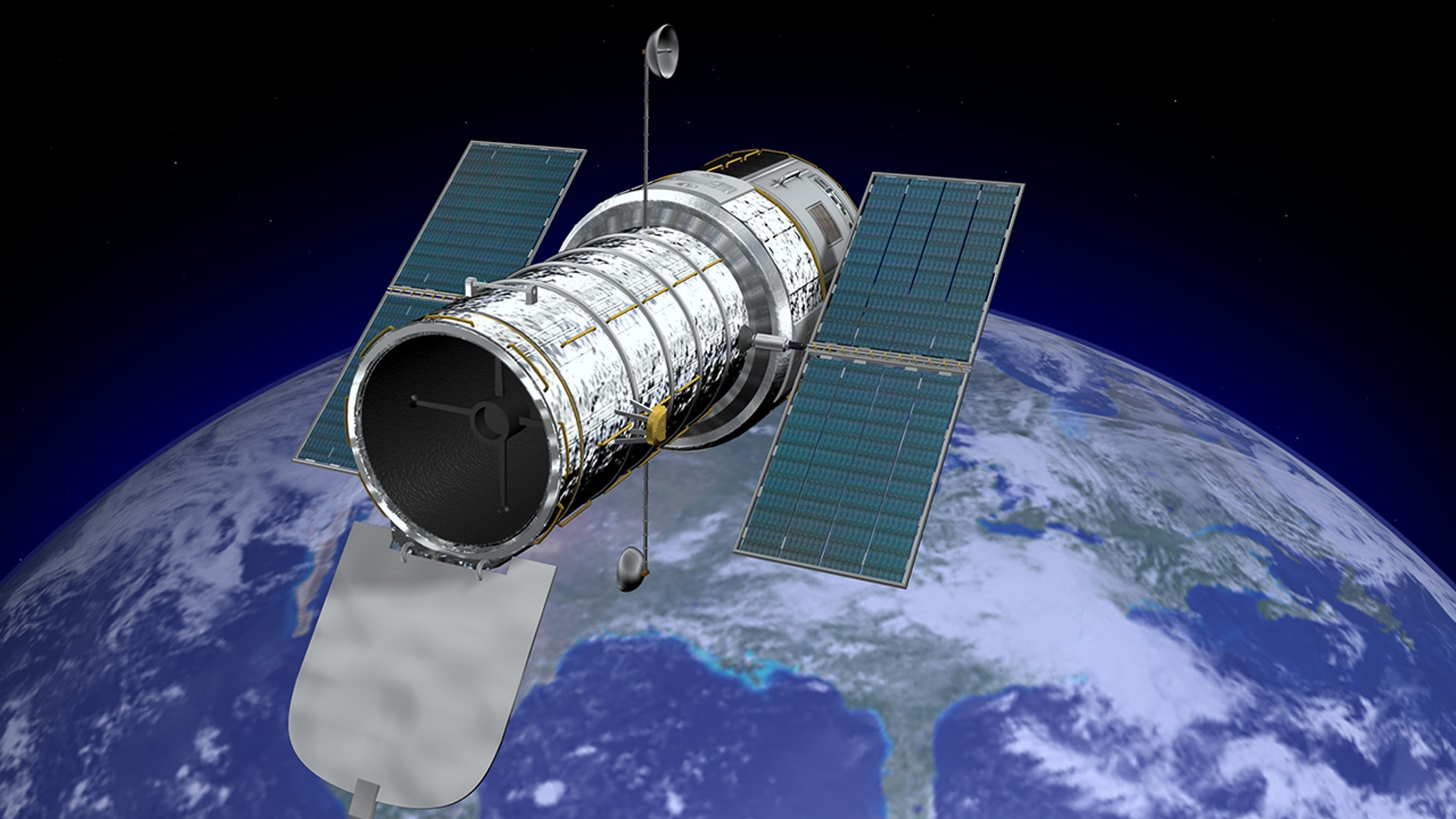
It also made the visual potential of Hubble images powerfully evident. The picture, released a few months after astronauts repaired the telescope, very publicly demonstrated that the telescope would live up to expectations. The 1995 image of the Eagle Nebula helped to revive the Hubble Space Telescope’s reputation after its initial focusing problems. Photo of the Eagle Nebula taken by Hubble in 1995. The oft-quoted words of astronomer Carl Sagan come to mind: “We are all made of star stuff.” Its name describes the formation of stars within the columns of gas and dust, but also has greater resonance. With its glowing columns of gas and dust that rise up against a brilliant blue background, the Hubble Space Telescope’s “Pillars of Creation,” a star-forming region within the Eagle Nebula, exemplifies the visual characteristics that the Hubble images have made familiar. The Hubble images encourage us to imagine a dynamic universe populated with immense galaxies, ephemeral nebulae, and glittering star fields that we can explore, all in vivid color with dramatic lighting and incredibly sharp details. They hang on the walls of science museums and art museums alike they decorate calendars, coffee mugs, and clothes and they inspire fantastic settings for numerous science fiction films and TV.

Hubble images have served as models for images from other telescopes, both those produced by scientists at world-class research facilities and by amateur astronomers. The Hubble Space Telescope’s 25th anniversary was marked by the release of this image of a star cluster known as Westerlund 2.


 0 kommentar(er)
0 kommentar(er)
